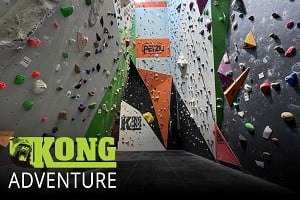In reply to Hillseeker:
> I plan to simply drill through the wood board and install rawl plugs into the stone. Ten screw the brackets into these.
> Is there any reason to not do it like this?
If you do this, then you have the problem of tightening up the screws enough to make the plugs grip, but not enough to flex the board. Worst case is you'll crack the board, or even pull the brackets through the board. May not be an issue if it's dot and dab and the holes happen to go through the adhesive behind.
You could try these (or similar) to solve this issue*:
https://www.diy.com/departments/corefix-zinc-plated-nylon-steel-plasterboar...
If it's a big void, though, I'd use the fixings mentioned by Wilkie14 above.
* Having said that, I put up a mirror at the weekend in similar situation, with a couple of stacked plugs - one knocked through into hole into block behind and one in the plasterboard. Difference is that I didn't need to tighten the screws up, as it's just hooking a cord and the load is all vertical.
